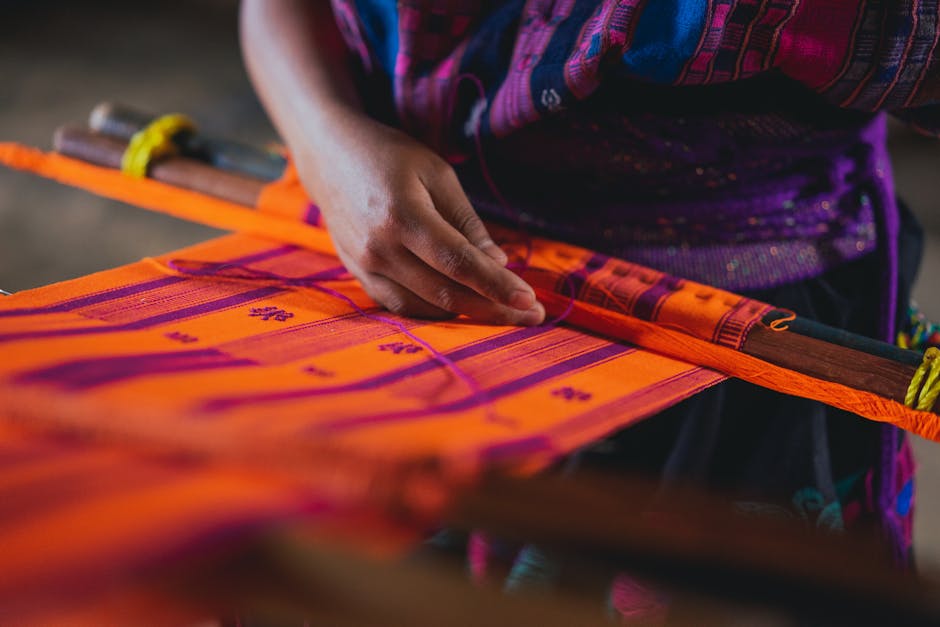
Rediscovering Indigenous Art in a Globalized Society
Indigenous art holds immense cultural significance and has been an integral part of human civilization for centuries. In today's globalized society, where boundaries are blurred and cultures intermingle, it is crucial to rediscover and appreciate the importance of indigenous art forms.
Indigenous art represents the unique cultural heritage and traditions of specific communities or tribes. It reflects their values, beliefs, and way of life, offering a glimpse into their rich history and spirituality. These art forms often incorporate symbols, patterns, and motifs that convey profound meanings and narratives.
In a globalized society, indigenous art faces both challenges and opportunities. On one hand, it is at risk of being diluted or overshadowed by dominant cultural influences. On the other hand, it has the potential to gain international recognition and appreciation, providing economic opportunities and preserving cultural identity.
One way to support the resurgence of indigenous art is through education and promotion. By learning about the significance and historical context of these art forms, individuals can develop a deeper appreciation for their beauty and cultural value. Indigenous art festivals, exhibitions, and collaborations with contemporary artists can also help showcase and celebrate the diversity of indigenous art traditions.
Indigenous art's ability to transcend borders and connect people from different cultures is particularly relevant today. It serves as a reminder that despite our differences, we are all part of a global community. By embracing and engaging with indigenous art, we contribute to a more inclusive and diverse society.
Reviving-ancient-traditions-through-indigenous-art
The-cultural-fusion-behind-contemporary-indigenous-art
Unveiling-the-untold-stories-of-indigenous-artworks
Exploring-the-transformative-power-of-indigenous-art- And-now-for-the-tangent-keywords:
The-surprising-connection-between-indigenous-art-and-neuroscience
How-indigenous-art-is-reshaping-the-fashion-industry
